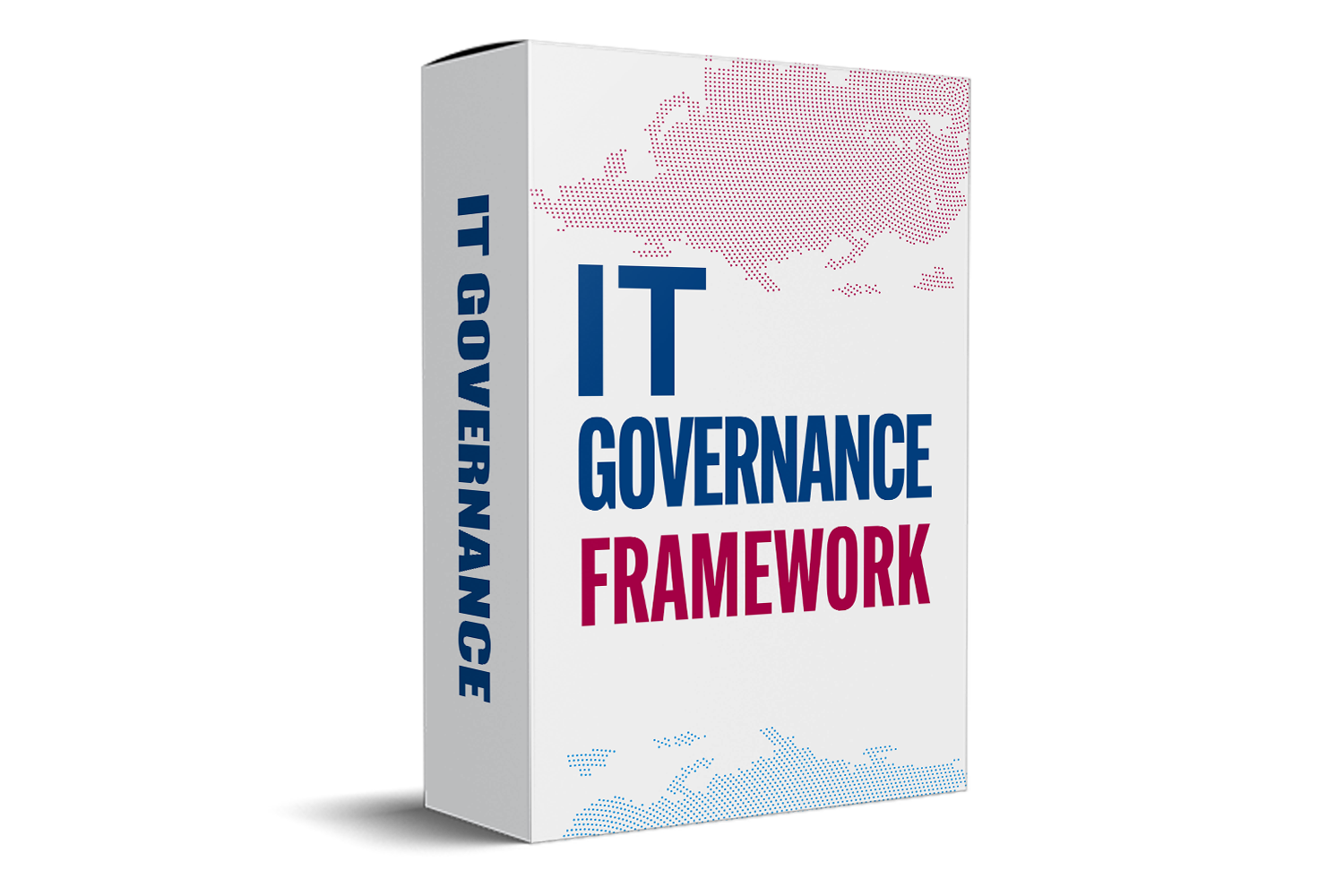Ensuring IT Governance: The Recommended Approach To Internal Audit
Introduction
To effectively conduct an IT internal audit, organizations should follow a recommended approach that includes planning, risk assessment, testing, reporting, and continuous monitoring. This approach begins with understanding the organization's IT infrastructure and identifying key risks present. Next, a risk assessment is conducted to prioritize areas for audit focus. Testing involves examining controls and processes to ensure they are functioning effectively. A comprehensive report is prepared detailing audit findings and recommendations for improvement.

Recommended Approaches to IT Internal Audit
The following is an approach to IT Internal Audit which would assist business in balancing compliance and providing value-added services to the organization:
-
Alignment With Key Initiatives
A recommended approach to IT internal audit involves a comprehensive understanding of the organization's objectives, risks, and controls, as well as alignment with strategic initiatives to drive business value. By integrating IT internal audit processes with key initiatives such as digital transformation, cybersecurity, and data privacy, organizations can proactively identify and address potential risks while leveraging technology to enhance operational efficiency. This strategic alignment not only helps organizations stay ahead of evolving threats and regulatory changes but also enables them to optimize their IT investments and drive sustainable growth in an increasingly digital world.
-
Value-Added Services
One key aspect of a recommended approach to IT internal audit is the incorporation of value-added services that go beyond traditional compliance checks. These services aim to provide organizations with insights and recommendations that can help optimize their IT systems and processes, improve overall efficiency, and enhance the organization's strategic goals. By leveraging value-added services such as benchmarking, best practice assessments, and technology evaluations, internal auditors can not only identify risks and control weaknesses but also propose innovative solutions that drive business value.
-
Guidance And Education
A recommended approach to IT internal audit involves providing comprehensive training programs to audit professionals on emerging technologies, industry best practices, and regulatory requirements, enabling them to stay abreast of the ever-evolving IT landscape. Furthermore, ongoing guidance from experienced IT audit leaders and access to resources such as industry guidelines and frameworks can help audit teams develop a strategic and risk-based approach to auditing IT systems. By emphasizing continuous learning and professional development, organizations can establish a strong foundation for conducting effective IT internal audits that not only identify vulnerabilities and risks but also provide actionable recommendations to enhance the overall security.
-
Changing Risk Portfolio
The traditional reactive approach to IT internal audit is no longer sufficient in mitigating the increasingly complex and sophisticated cyber risks faced by companies. A more proactive and comprehensive approach that integrates technology, processes, and people is essential to ensure the security and integrity of sensitive information and critical systems. By leveraging advanced tools and methodologies, organizations can enhance their risk assessment processes, strengthen internal control mechanisms, and ultimately safeguard their assets from potential cyber attacks and data breaches.
Conclusion
Taking a systematic approach to IT internal audit is crucial for ensuring the security and efficiency of an organization's IT systems. By following a structured methodology that includes risk assessment, control evaluation, and continuous monitoring, businesses can identify and mitigate potential IT risks before they escalate. Implementing recommended practices for IT internal audit can help organizations maintain regulatory compliance, safeguard sensitive information, and optimize their IT infrastructure.



